This week's post was written by my friend Leonardo Ramos! Leo is a pro wildlife photographer turned science communicator, but he wasn't always interested in science or nature. Read on to see how nature photography changed Leo's life.
Animal Intelligence
I’ve written about animal intelligence before, to some extent. A few weeks ago, I talked about some small cats, including the margay, which is the only known predator to use vocal mimicry to try to lure its prey closer. In one of my earliest posts, I celebrated the kea, NZ’s native alpine parrot that’s at least as smart as human 4-year-olds…
Comedy and Conservation
Living Costs
After writing last week’s post about small cats, I remembered a Washington Post article from last year about bobcats. Specifically, one particular bobcat that brings in over $308,000 USD for Yellowstone National Park and the surrounding area every year. … These scenarios are some of many where a dead animal may be worth some money, but a live animal can bring in a disproportionately higher amount….
Move over, big cats
When it comes to publicity for protecting wild cats, the big ones get the lion’s share of attention and funding. The 7 big cat species are some of the best known animals in the world. But what about the world’s other wild cats? There are 33 known “small cat” species around the world that are just as important and deserve just as much attention…
What's in my camera kit?
Earlier this week, I took advantage of an unusually warm and clear autumn day to go explore the coast around Dunedin. It was also an excuse to properly try out my new telephoto lens! As many photographers will tell you, it’s really important to know your equipment well when you’re photographing wildlife, so I took most of a day to learn the ropes of the nicest, biggest lens on the best camera I’ve ever had…
Do Photos Tell the Truth?
Wildlife vs Hollywood
Movies are powerful. They can have considerable influence over our thoughts, opinions, and behavior. In many ways, modern society is shaped by popular media. So what does that mean for wildlife? What happens when traditionally wild animals play important roles in such influential stories as Harry Potter or Black Panther? …
James Cook: Naturalist
I was cleaning my room earlier this week when I came across a stack of paper covered in my own messy writing. Intrigued, I sat down to read. Turns out they were my notes and speculations from reading the accounts of James Cook, leader of 3 hugely influential voyages to explore the Pacific and southern oceans in the late 18th century...
Kiwi Seas
Last night I got to go to the Ocean Film Festival on its stop in Dunedin, NZ on its world tour. Nine phenomenal films, ranging from 2-32 minutes each, covering everything from freediving world records to a somewhat misguided attempt to cross the Atlantic in a two-person rowboat with zero ocean rowing experience. And lots about marine life too – fish, corals, cuttlefish, sea turtles, sharks, whales, manta rays, and more...
Live Tiny, Die Never
4 Weird Ways to Save Rhinos... maybe
Earlier this week, the last male northern white rhino died, signaling the end of the subspecies. Several other types of rhinos are endangered as well. The largest group are the white rhinos (including all subspecies) with around 21,000 individuals, while the Javan rhino numbers a mere 50-65 individuals, making it a competitor for the world’s rarest large mammal (one of nature’s worst competitions)...
Guest Post: Awe and Pro-Environmental Behavior
Women for Wildnerness
Happy International Women's Day! This week we celebrate some of the smart, passionate, and strong women in nature conservation and wildlife photography - some you'll know, and some you probably won't know. Every one of these ladies has played a critical role in protecting biodiversity, and/or sharing the wild with the public through photography or other works...
Secrets of the Saola
You’ve probably heard that the vast majority of species are unknown. ... It’s thought that most of the undiscovered creatures are small, easily-overlooked creatures like insects and other invertebrates. You’d think that larger, more obvious animals would’ve all been found and described by now, right?
Given that the saola was only discovered in 1992, maybe not...
